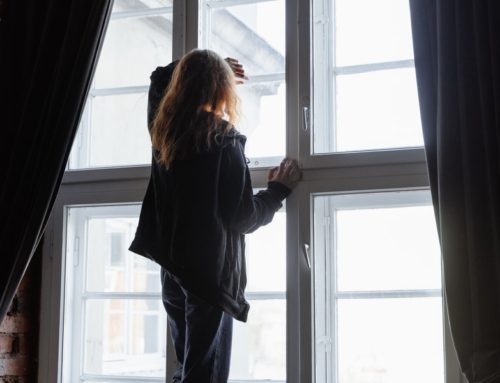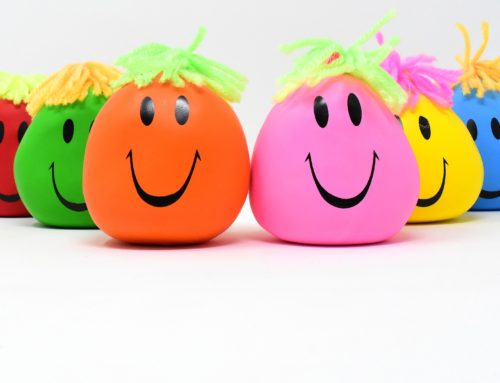Is April the cruelest month? T.S. Elliot thought so, and it’s a sad fact that suicide rates go up in the spring[1]. As grim and oppressive as winter can be, with brutal weather and a lack of sunlight, why does the return of sunshine and fair weather accompany an increase in self-harm? Even though the days are warmer and longer and life emerges from its winter lethargy, teenagers and senior citizens show a marked increase in suicide. They aren’t the only ones.
A prominent feature of depression is that in its depths, a person doesn’t have the energy to do anything. Everything seems useless. One idea that’s held up over time is that winter is so draining people who are struggling with depression are so drained of impetus they don’t have enough energy or enough motivation to go through with suicide. Once spring returns, the burden of another year of suffering seems too much to bear, and their energy levels have gotten high enough to go through with suicide.
Some researchers think changes in circadian rhythm disrupt mood enough to make a grim situation worse. We’re certain that changes in the amount and intensity of sunlight during the fall and winter bring about a temporary but significant form of depression, Seasonal Affective Disorder (SAD). SAD de-energizes sufferers. It’s not out of the question to imagine that increases in sunlight might give the severely depressed enough physical and psychological energy to carry out suicide.
Most forms of depression are unremitting and are indeed lifelong conditions. Although most people with depression and other mental disorders don’t commit suicide, about fifty percent of all people who do kill themselves suffer from a psychological disorder.
Warning signs of suicide:
- Talking about suicide, even indirectly
- Social isolation or unusual self-isolating behaviors
- Change in appearance, dress or collapse in person hygiene
- Making preparations for death, giving away possessions.
- A sudden change in mood; paradoxically, a person who has suffered from a depressed mood who seems suddenly happy may be at risk for suicide. People who are suffering and find a way out—even suicide—often show a boost in mood.
Risk Factors
- A diagnosis of depression, bipolar disorder, or other psychological disorder
- Previous attempts
- Alcoholism or drug abuse
- Having family members who have committed suicide or have a severe mental illness
- Losing a friend or significant other to death (by suicide or otherwise)
- Loss of a significant relationship, job, or money loss
- Feelings of hopelessness, helpless, and uselessness
- Time of year (spring and summer)
These feelings can occur in anyone at any age. In The Perks of Being a Wallflower, Charlie suffers from severe mental breakdowns and become suicidal due to sexual abuse in his past even though he’s a freshman in high school. Again, suicide in the spring and summer is most pronounced in young people and senior citizens.
How You Can Help
If you have a friend or family member who’s voicing suicidal feelings, It’s important to listen to them. Take them seriously and don’t be afraid to talk to them about their feelings. Talking about suicide doesn’t make someone more likely to do it. Many times, people need to be heard when they’re feeling desperate or despairing.
It’s perfectly o.k. to ask the person if they’re having thoughts of suicide. You can’t make suicide more likely by discussing it. Listen without over-reacting. If the answer is “yes,” then follow up with three questions:
- Do you have a plan or method to do it?
- Do you have what you access to things necessary to carry out your plan?
- Do you know when you will do it?
Many times, the answer is no. If they answer yes to all three questions, get help immediately. Otherwise, contact your local Spokane healthcare professional. Reach out to Damaris through her contact page or calling 509-342-6592.






